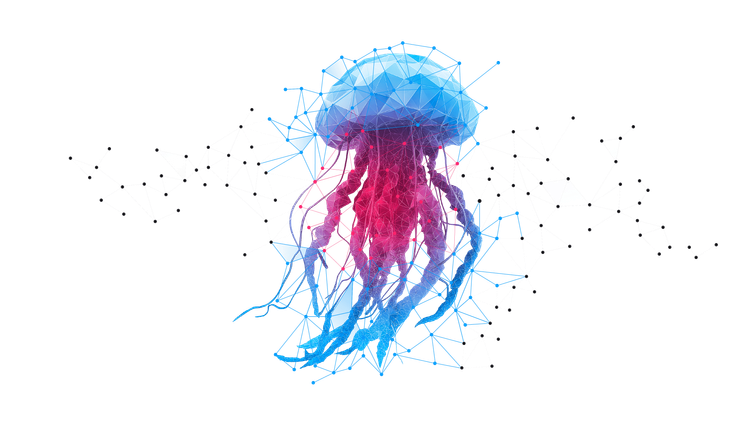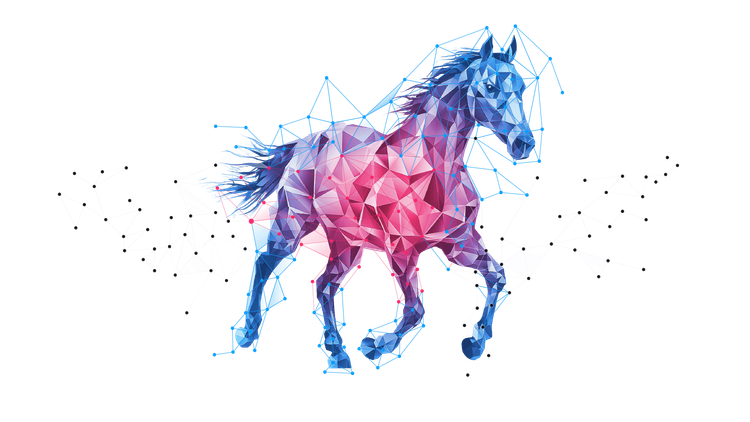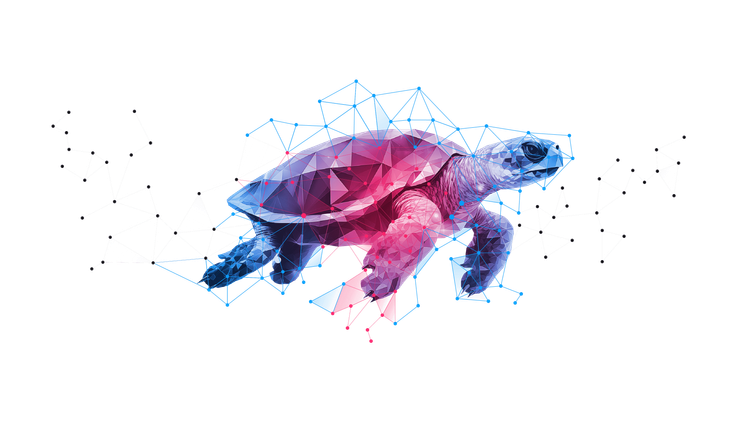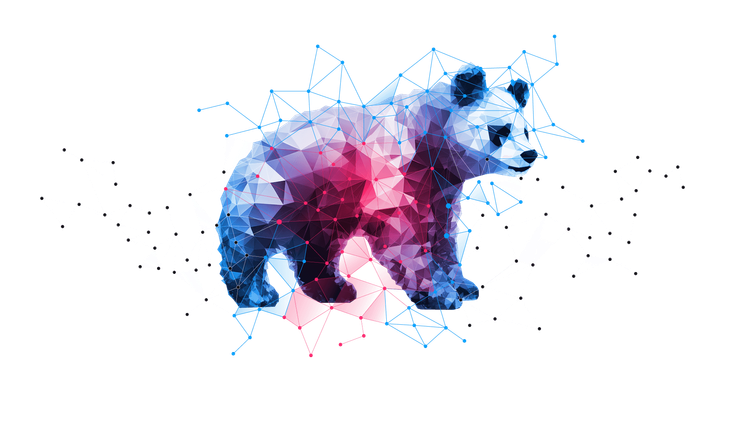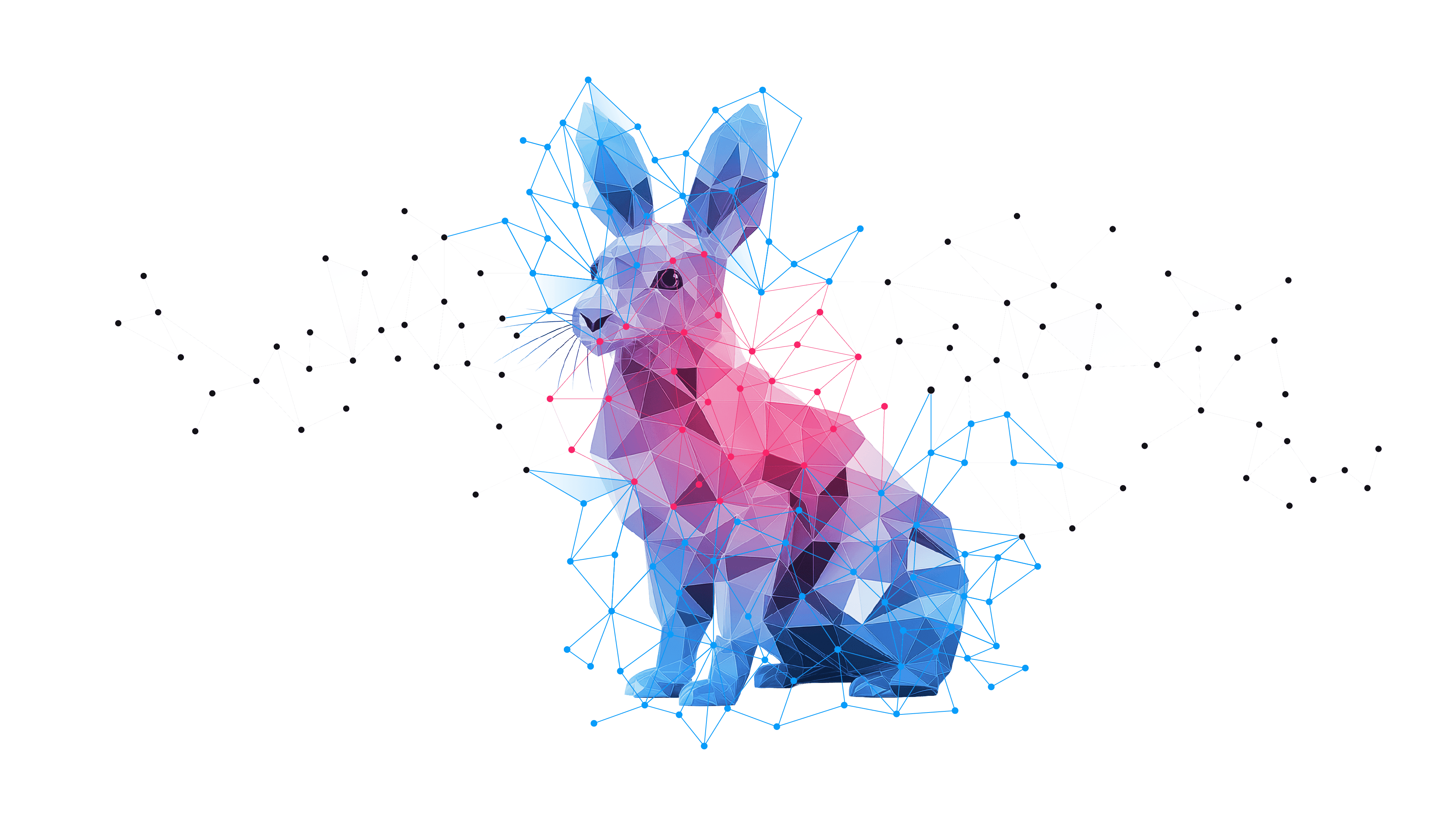
Mathematics often provides unexpected tools that revolutionize how we think about practical problems. One of its more recent and wildly useful tools? Sheaf theory.
Sheaf Theory is the framework that takes our intuitive grasp of geometry and encodes it into a rigorous, quantifiable format using category theory. Proposed by Jean Leray in 1945 and taking its modern shape in Alexander Grothendieck’s legendary 1957 Tohoku Paper (cue math historians nodding in agreement), sheaf theory has since infiltrated fields far and wide. It has impacted several areas: from algebraic geometry and computer science, to topological data analysis, spectral graph theory, and even the design of neural networks.
Each new field that touches sheaf theory enriches it with new insights, snazzy terminology, and powerful new applications. It’s basically the ultimate mathematical shapeshifter. Whether it's being used to analyze geometric structures, refine neural networks, or optimize distributed systems, sheaf theory molds itself to the problem at hand, making it one of the most versatile mathematical tools available.
Sheaves, AI, and Noeon’s Big Idea
At Noeon, we believe knowledge should be represented geometrically. Instead of symbolic reasoning or pure vector embeddings, we’re exploring an alternative approach that captures the best of both worlds. Making sense of geometry-driven knowledge representation (KR) requires a deep dive into math–so, naturally, we dove headfirst into the depths of sheaf theory!
Our researchers, Anton Ayzenberg and German Magai, along with Thomas Gebhart from the University of Minnesota and Grigory Solomadin at the University of Strasbourg, embarked on a mission to map out how sheaf theory applies to machine learning, data science, and computer science. Their goal? To shine a light on the blind spots in current ML practices and compile a definitive guide to sheaf theory’s applications. This is something that could benefit ML engineers, category theorists, and pure mathematicians alike.
What Are Sheaves, Anyway?
Imagine you have a function—let’s say a graph showing how yyy changes with xxx. But here’s the catch: you don’t have the full equation, just small, zoomed-in snapshots of different parts of the function. These snapshots, known as open sets, give you local information, but not the big picture.
Now, if these open sets collectively cover the entire domain—meaning no gaps—and they agree where they overlap, they form something called a sheaf. A sheaf ensures that all these local pieces fit together consistently, and under the right conditions, it allows you to reconstruct the global function y(x)y(x)y(x). In essence, sheaf theory is the art of using local data to make sense of the bigger picture. Another good way to think about sheaves is: a jigsaw puzzle. You don’t see the full image right away; you start with scattered pieces and gradually piece them together until a coherent picture emerges. Sheaf theory is the mathematical equivalent of that process—systematically stitching together local information to reveal a global structure.
Why do Sheaves Matter in Modern AI?
Sheaf theory is not just some abstract, ivory-tower curiosity—it’s a powerful tool with practical applications in machine learning. By providing a structured way to handle multi-scale data, it helps ML engineers make sense of complex relationships within their models. In practical terms, this means:
- Tracking Information Flow: Sheaf theory helps track how data flows across different scales, ensuring that features interact smoothly. For example, in image recognition, details like edges and textures exist at a local level, while object shapes emerge globally. Sheaf theory provides a framework for connecting these layers in a structured way, improving consistency across resolutions.
- Revealing Hidden Patterns: Instead of brute-forcing connections, sheaf theory offers a structured approach to combining local features into meaningful global structures. In graph-based ML, this helps detect communities in social networks or spot fraud in financial data by capturing meaningful relationships.
- Ensuring Consistency: Sheaf theory is like the ultimate fact-checker for distributed systems, making sure all your data sources are on the same page. Take sensor networks: multiple sensors might be measuring the same environment, but their readings don’t always match up—like temperature readings from different locations in a smart building. Sheaf theory helps ensure that these readings align correctly, preventing inconsistencies (such as detecting a heatwave in one room while another sensor claims it’s freezing). The result? No more temperature whiplash.
By bridging geometry and machine learning, sheaf theory opens up new possibilities for building AI models that are not just powerful, but provably reliable. For Noeon Research in particular, sheaves are useful for graph representation learning, and for sub graph matching based on embeddings.
From Abstract Math to Practical AI
Sheaf theory might seem intimidating at first glance. But the good news? It’s becoming more accessible to ML practitioners thanks to modern frameworks. For Noeon Research in particular, we're researching how sheaves might provide new approaches for analyzing connected data and identify meaningful patterns across different network structures. As machine learning evolves, high-level mathematics like sheaf theory is becoming indispensable for building more sophisticated, capable, AI systems.
The bridge between pure math and practical AI is growing stronger, unlocking exciting new ways to process information. Either way, the journey into sheaf theory is only getting started, and will unlock new frontiers of understanding.
Midtown Tower 34F, 9-7-1 Akasaka, Minato-ku, Tokyo, Japan
C/O Mackrell Llp, 5 Pemberton Row, London, England, EC4A 3BA.
